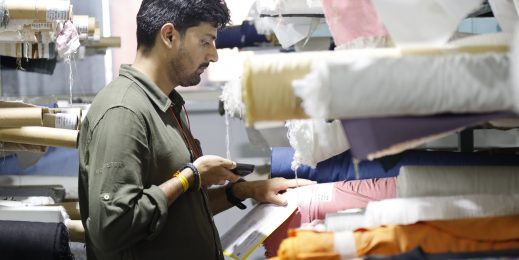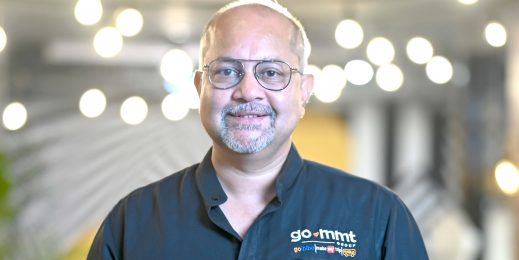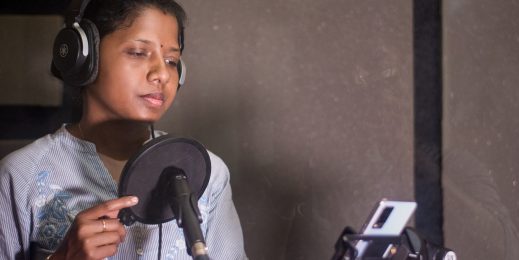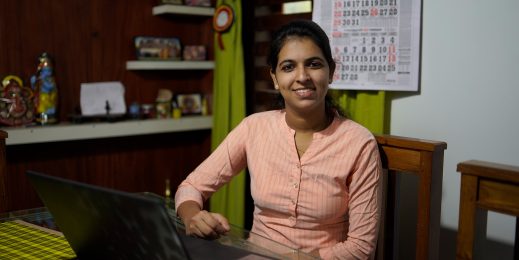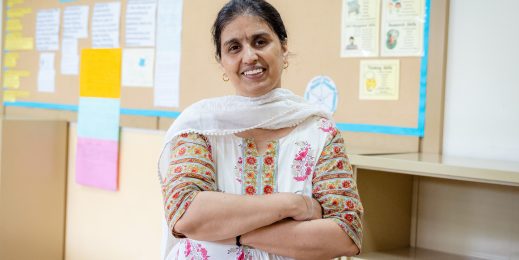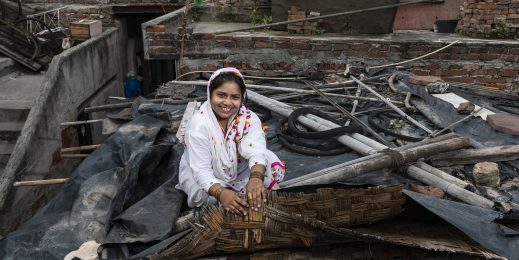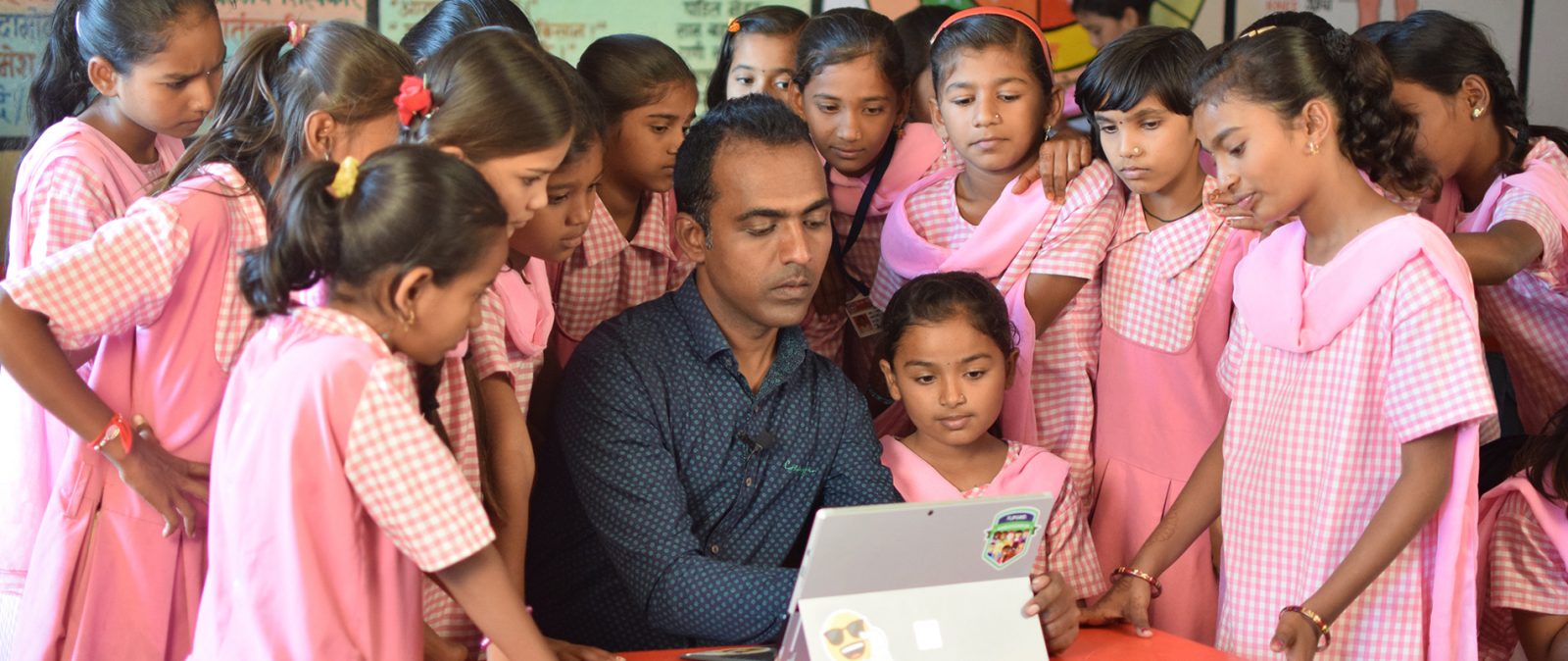
These teachers are taking their students places with Skype
The kids are giddy with excitement. After all, not everyone can have bragging rights to have visited the Aquarius Base Reef, one of the three undersea laboratories in the world dedicated to science and education. No, these are not students from a private school on an excursion. On the contrary, they study in a government school in an Indian village and most of them have never stepped out of their villages. But they are now able to globetrot, almost at will, thanks to their enterprising teachers who take a little help from technology.
Part of the Microsoft Innovative Educator (MIE) program, these teachers go beyond the classroom and seek innovative ways to spark their students’ creativity and curiosity. They bring the world to their classrooms through Virtual Field Trips (VFT), talks from guest speakers, classroom to classroom connections, and live collaboration projects on Skype.
Meet two such teachers from India–Ranjitsinh Disale and Shiva Kumar—who have been using the MIE platform not just to impart education, but also to instill values in children and foster peace.
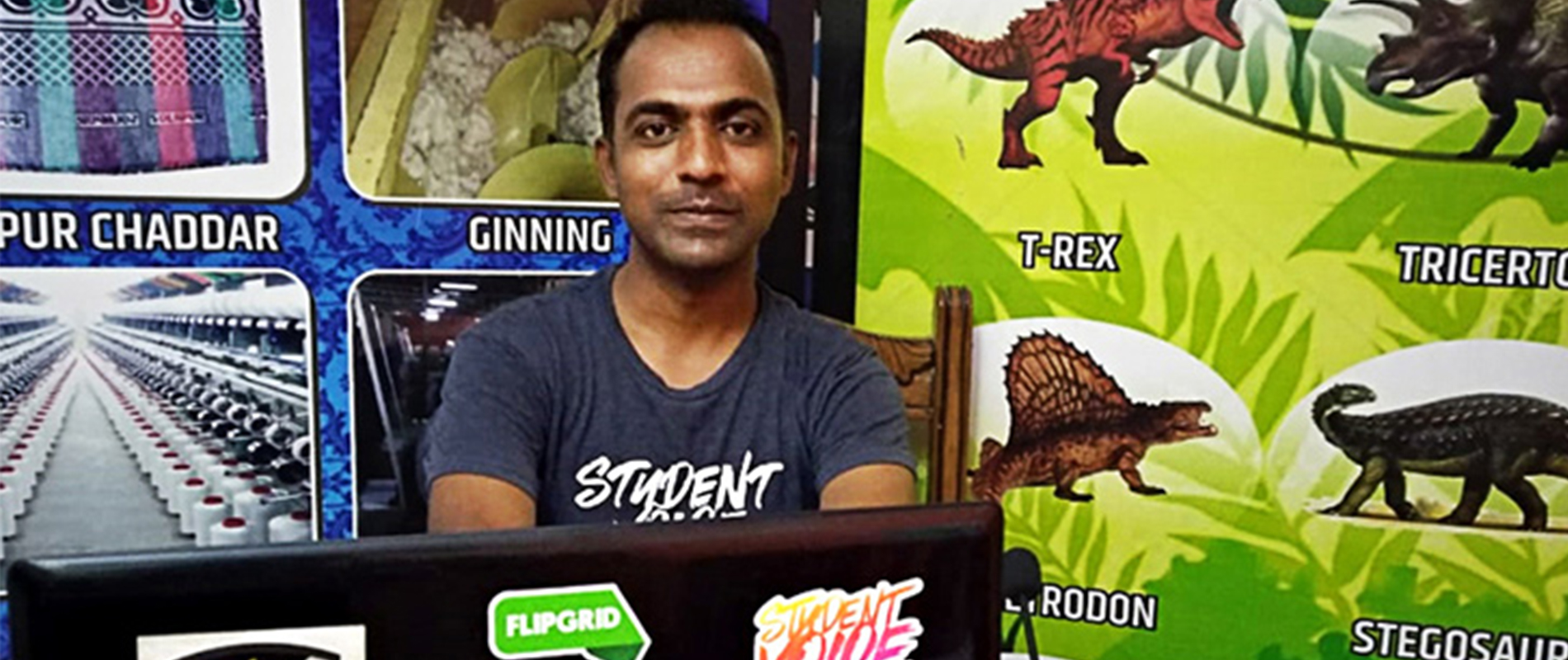
In 2009, Disale joined a government school in a village in Solapur in the western state of Maharashtra. Like most Indian villages, student attendance was dismally low, as parents preferred having an extra pair of hands to support the family. Not one to let the status quo be, Disale started fetching children from their homes to attend school. However, Disale knew that to ensure the children stayed for the whole academic year, he had to turn his classroom into a place that they looked forward to coming to every day.
It was around this time Disale encountered the MIE program, where he could connect and collaborate with top educators across the world. He shared his concerns about the students’ short attention spans and their reluctance to come to school. Some educators, having gone through similar challenges, helped him find solutions.
VFTs add new dimensions to learning beyond the classroom
Next, Disale explored virtual tours through Skype for his students and began to conduct his own VFTs. In September 2017, Disale conducted India’s first VFT and since then he has run over 300 of them. During these VFTs, students can watch him perform a series of experiments in his laboratory, go on a tour of a local textile factory or learn about dinosaurs with exhibits at the Science Center.
Till now, about 800 classrooms from 90 countries have benefitted from Disale’s VFTs and he has taught about 32,000 students across the world. He is the first teacher from India to register three VFTs—Science Park, Dinosaurs, and History of Textile Industry in Solapur—on the MIE Platform.
“My kids were really interested in learning about dinosaurs and I had contacted Disale for the Dinosaur tour. He was there well prepared, but one of my students suddenly fell ill. He patiently waited for him to recover. It was extremely hot in India at that time, despite that he waited. I was touched. In the end, we had an extremely interesting session. Next, we did the Science Center trip and my students were amazed at the way he introduced the experiments related to science, technology, engineering, and math (STEM). It was an innovative way of learning how to apply theory in daily life,” says Thuy Tran, a teacher from Vietnam.
Apart from taking students across the world on his field trips over Skype, Disale is also guiding his peers in optimum use of technology in the classroom. “I was privileged to have such an amazing and knowledgeable expert as Disale to help our students, teachers and schools in the digital transformation process using Microsoft technologies. He has so far trained Pakistani educators on Flip Grid, Office 365 (Microsoft OneNote specifically) and has shared strategies to enhance productivity using innovative tools,” says Waqas Shafique, a teacher from Pakistan.
Meanwhile, Disale is working on a 10-year plan aimed at achieving the Sustainable Development Goal (SDG) 16 of promoting peace and creating an inclusive society, set by the United Nations. He has already created a group, comprising students from across peaceful and terror-stricken countries. These students, through Skype, will interact to understand, discuss and debate how hatred and war can be stopped, and peace and trust be fostered. He likes to call them ‘Soldiers of Peace’ and envisages them to grow into fine individuals strongly committed to peace.
“I am here both as a student and teacher. With the help of Microsoft platforms, I have been able to develop my capabilities and increase my proficiency. In my own small way, I am trying to hand over the future of the country to the generation it belongs to – the students,” Disale says.
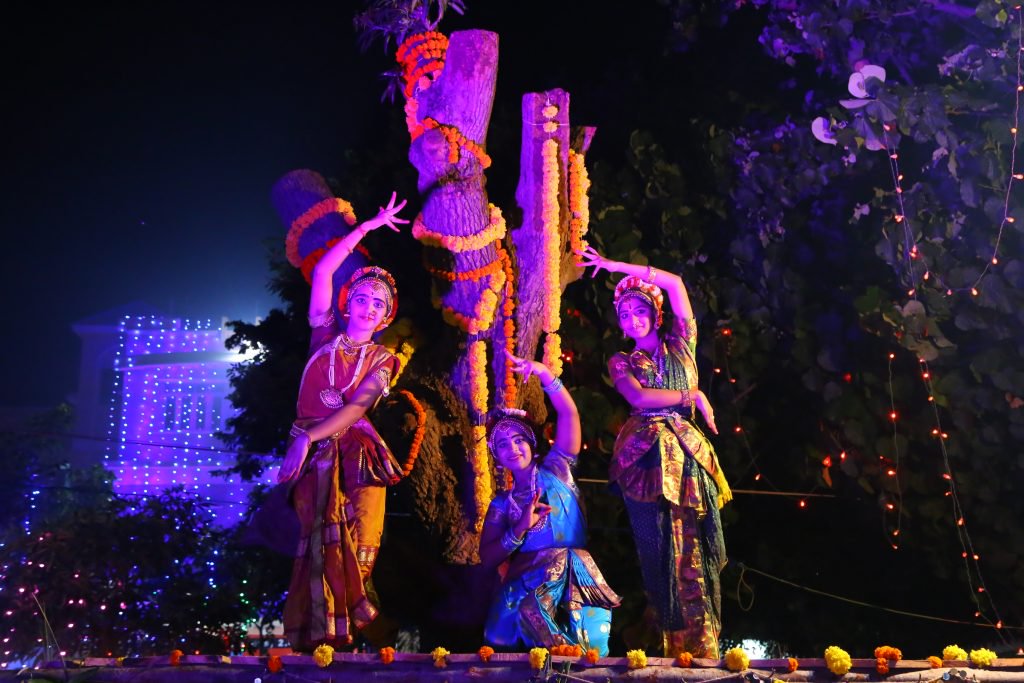
Inspiring students to look beyond themselves
Disale is not alone. Shiva Kumar, who teaches in the sweltering farmlands of southern India, is Asia’s first Skype Master Teacher, a designation for volunteers who use Skype often in their lessons and are willing to train other teachers in how to use it to connect their classrooms.
Through Skype sessions, his students have traveled millions of miles around the world, virtually. Living in a flat, hot region, Kumar’s students were amazed when they experienced a Skype call with an Arctic research team. “It was eye-opening for them to discover that such a cold region exists in the world,” he says.
After more than a thousand interactions with classrooms or experts in dozens of countries since 2015, he’s still amazed by the surprising lessons learned.
Take the time his class of 8- to 10-year-olds had a Skype call with kids in a Kenyan refugee camp. “We found out that six kids were sharing one textbook there, and my students were shocked to learn of the difficulties they have and yet see the empathy flowing among them despite it all,” Kumar recalls. “My students realized there are a lot of poor people in the world, and it inspired them to start sharing more amongst themselves. Even small things like lunch, or a pencil or eraser, or sports equipment — they began sharing everything.”
“We’ve had sessions with 78 different countries,” says Kumar. “But in spite of all that diversity, the sense of commonality is what comes through to the kids. When they laugh and share things, that’s what they identify: oneness within diversity.”
For this year’s Skype-a-Thon the students in Kumar’s 10 STEM classes will bring their sleeping bags to school so they can do eight-hour shifts of 30-minute Skype sessions. The two-day marathon of virtual travel has become a staple for Kumar’s classes ever since they did the first one four years ago, when the students’ connections with classrooms around the world spanned more than a million miles. The kids decorate their school with lights and showcase their Indian culture through traditional dances and musical instruments, as well as modern STEM projects.
Disale will also be participating in the Skype-a-Thon, where he will be connecting 30 classrooms across 17 countries. Last year, almost half-a-million students from more than 90 countries participated, traveling 14.5 million miles. The goal is to meet or exceed those figures this year. For every 400 miles virtually traveled in the Skype-a-Thon, Microsoft will donate the resources for a student to attend school in one of the nine WE Villages in Asia, Africa, and Latin America, with a goal of helping 35,000 kids.






